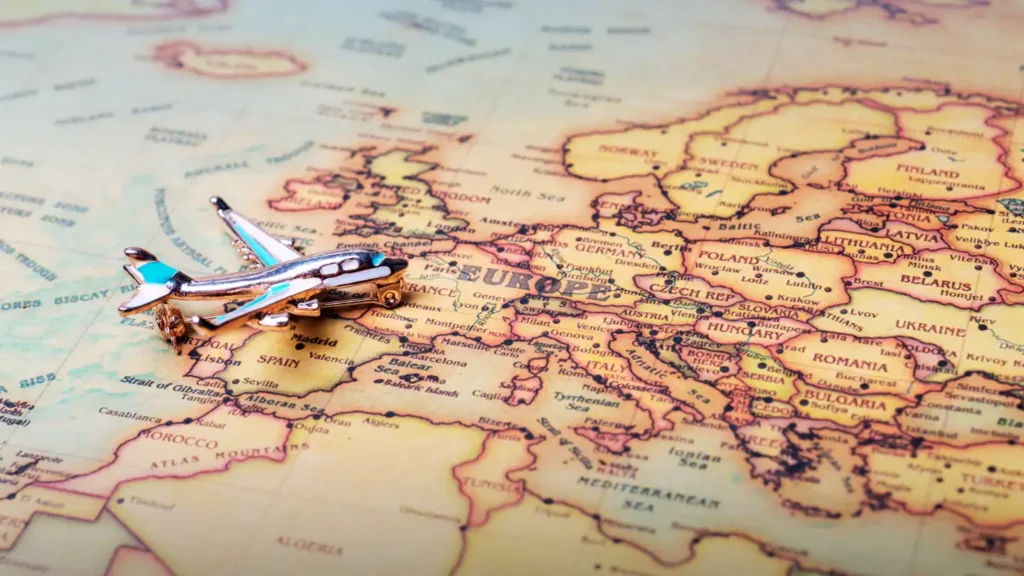If you’re planning a trip to Europe and have two weeks to explore, you’re in for an unforgettable journey! Europe is full of rich history, vibrant cultures, and breathtaking landscapes. With so many amazing places to see, it can be overwhelming to plan, but don’t worry! Here’s a perfect Europe trip itinerary for 2 weeks that will allow you to experience the best of the continent.
Table of Contents
Week 1: Exploring Western Europe

Day 1-3: Paris, France
Begin your European adventure in the city of love—Paris! The French capital is full of iconic landmarks, world-class museums, and a charming atmosphere. Spend your first few days getting lost in its beauty.
- Visit the Eiffel Tower: You can’t go to Paris without seeing the Eiffel Tower. Whether you’re admiring it from below or taking the elevator to the top, the views are stunning.
- Explore the Louvre Museum, home to thousands of art pieces, including the Mona Lisa. The Louvre is a must-visit for art lovers.
- Stroll along the Seine River: A peaceful walk by the river is a great way to soak in Paris’ beauty.
- Check out Montmartre: This bohemian district is renowned for its lively streets, charming cafés, and the stunning Sacré-Cœur Basilica.
Day 4-5: Brussels, Belgium
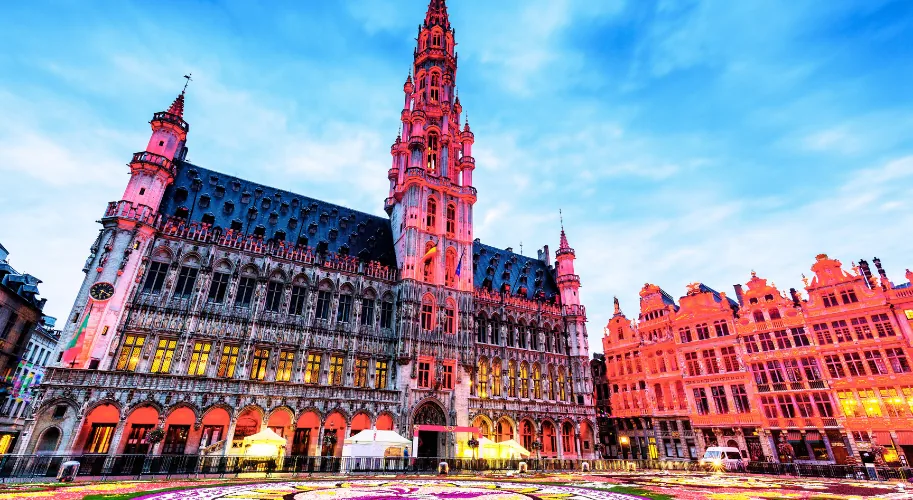
Next, head to Belgium’s capital, Brussels. It’s a charming city known for its beautiful squares, historic sites, and delicious food.
- Grand Place: This UNESCO World Heritage site is the heart of Brussels, surrounded by grand buildings that date back to the 17th century.
- Atomium: A fascinating structure built for the 1958 World Expo, the Atomium is one of the most unique landmarks in Europe.
- Try Belgian Waffles and Chocolate: Don’t leave without tasting these famous Belgian treats!
Day 6-7: Amsterdam, Netherlands
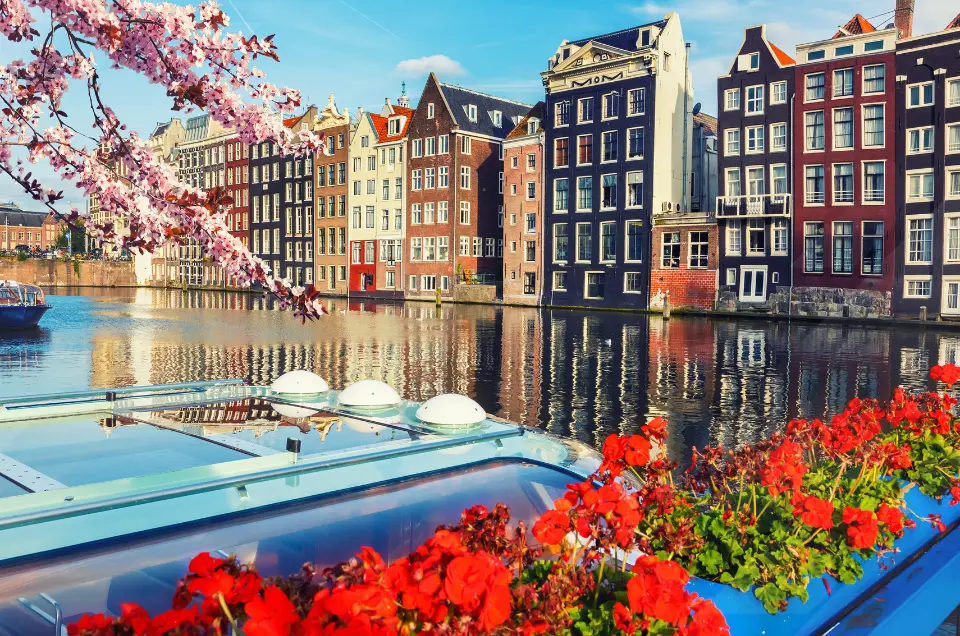
After Brussels, take a short train ride to Amsterdam. This city is famous for its canals, museums, and laid-back vibe.
- Canal Cruise: See the city from the water by taking a scenic canal cruise.
- Rijksmuseum and Van Gogh Museum: Both museums offer incredible art collections that should not be missed.
- Walk or bike around the city: Amsterdam is best explored on foot or by bike, and you’ll find plenty of spots to relax by the canals.
Ads

Week 2: Eastern Europe and Italy
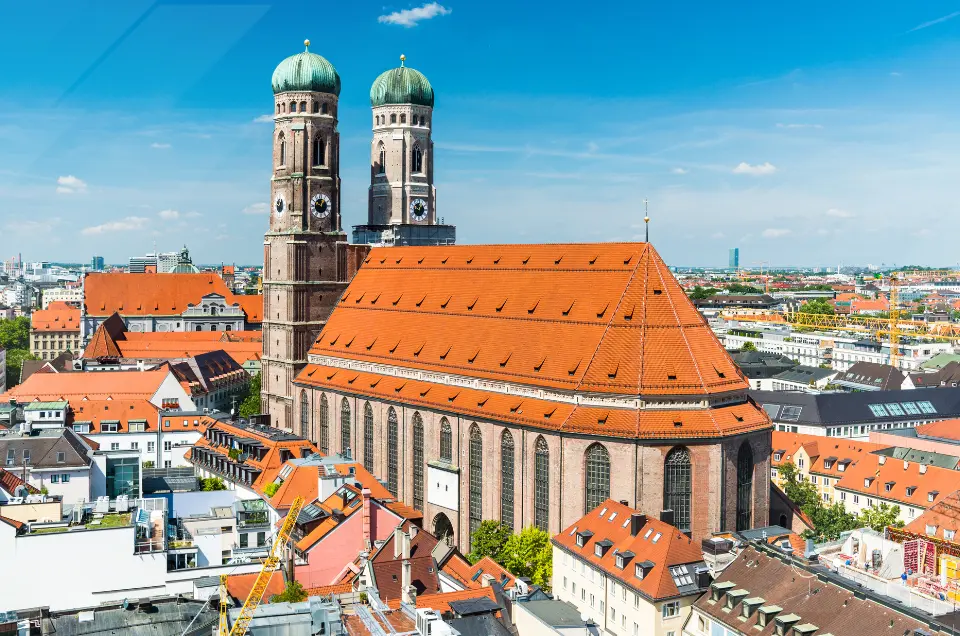
Day 8-9: Berlin, Germany
Next, take a train to Berlin, Germany’s capital. Known for its vibrant culture, history, and dynamic atmosphere, Berlin has a lot to offer.
- Brandenburg Gate: This iconic symbol of Berlin is a must-see for anyone visiting the city.
- Berlin Wall Memorial: A visit to the remnants of the Berlin Wall offers an important historical perspective on the city’s division.
- Explore Museum Island: If you enjoy history, Museum Island is home to several world-renowned museums, including the Pergamon Museum.
Day 10-11: Prague, Czech Republic
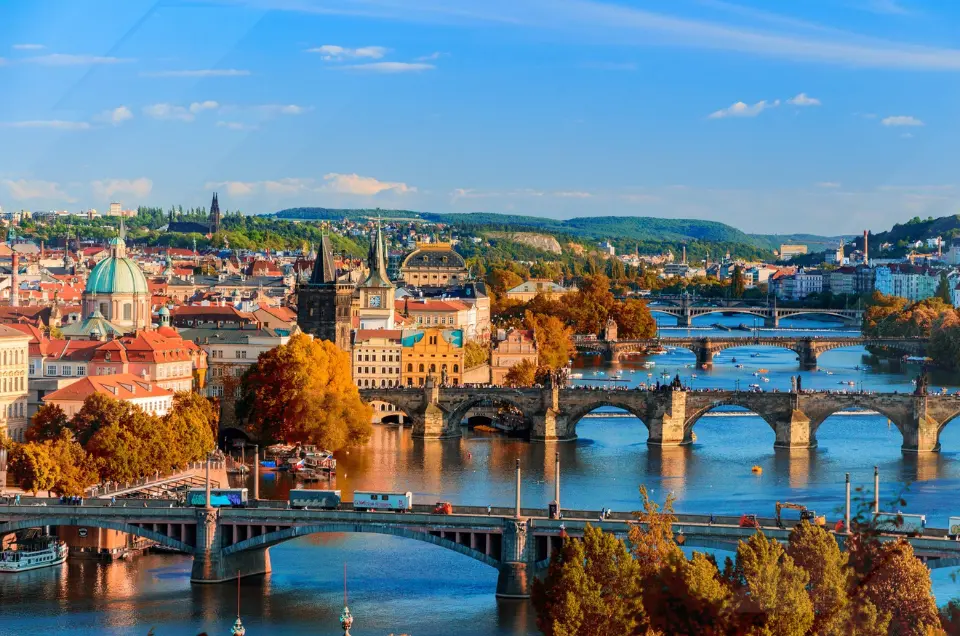
Head south to Prague, one of Europe’s most beautiful and well-preserved cities. The Old Town, cobblestone streets, and stunning castles make it feel like stepping into a fairytale.
- Prague Castle: A vast complex with impressive architecture and panoramic views of the city.
- Charles Bridge: Walk across this historic bridge for beautiful views of the Vltava River and the city’s skyline.
- Old Town Square: The heart of Prague is filled with vibrant buildings, cafés, and the famous Astronomical Clock.
Day 12-13: Rome, Italy
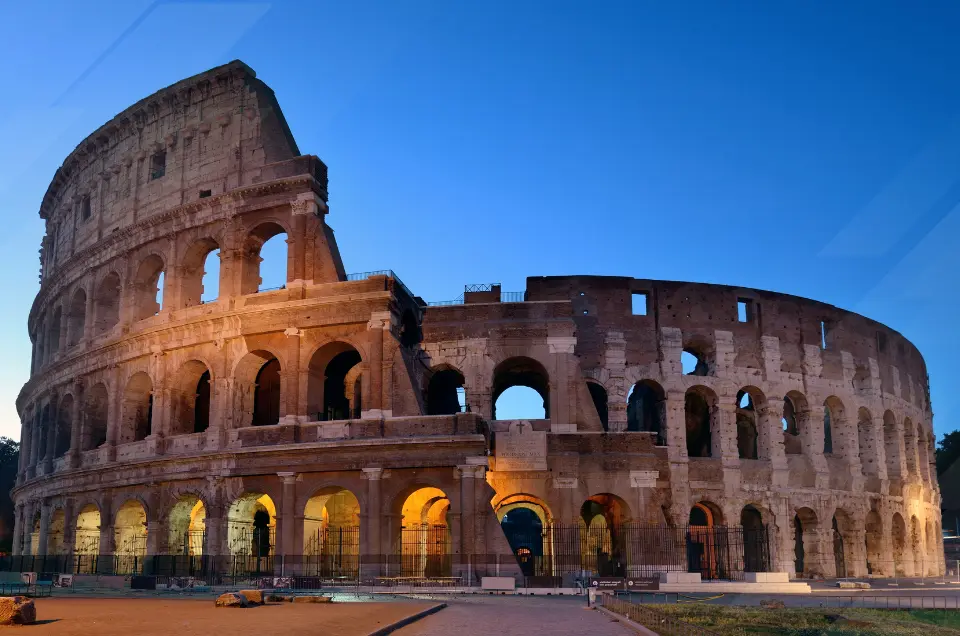
Your next stop is the eternal city of Rome. With its rich history, stunning architecture, and delicious food, Rome is a place you could easily spend weeks exploring.
- Colosseum: One of the most iconic landmarks in the world, a visit to the Colosseum is a must.
- Vatican City: Visit the smallest country in the world and explore the Vatican Museums, St. Peter’s Basilica, and the Sistine Chapel.
- Roman Forum and Pantheon: Take a stroll through these ancient ruins and experience the heart of ancient Rome.
Day 14: Venice, Italy
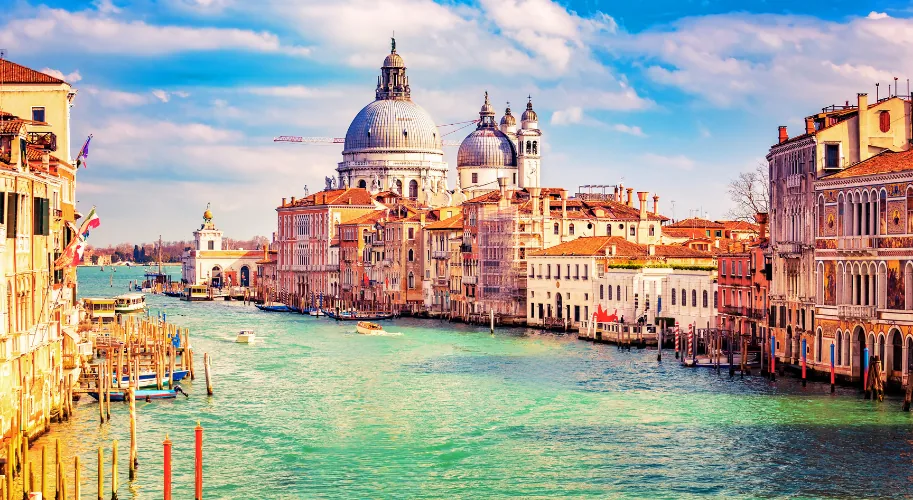
Complete your 2-week Europe trip itinerary in Venice, one of the most unique and romantic cities in the world.
- Gondola Ride: No trip to Venice is complete without a gondola ride through the canals.
- St. Mark’s Square: Visit the heart of Venice and admire the beautiful St. Mark’s Basilica and the Campanile tower.
- Rialto Bridge: One of Venice’s most famous landmarks, the Rialto Bridge is a perfect spot for photos.
What to Pack for Your “Europe Trip Itinerary 2 Weeks”
Packing for a “Europe Trip Itinerary 2 Weeks” can feel like a puzzle, especially since you’ll be moving between different cities and climates. The golden rule? Pack light! Seriously, I can’t stress this enough. You’ll be carrying your luggage, often upstairs or through busy train stations. Think capsule wardrobe and versatility.
Here’s a breakdown of what I’d recommend:
Clothing (Versatility is Key):
- Layers, Layers, Layers: Even in summer, evenings can be cool, and indoor temperatures vary. Think light sweaters, cardigans, or a light jacket.
- Comfortable Walking Shoes (Essential!): You’ll be doing a lot of walking. Bring at least two pairs – one sturdy, comfortable pair (sneakers or walking boots) and maybe a slightly dressier but still comfy option for evenings.
- A Few Bottoms: 2-3 pairs of comfortable trousers/jeans or skirts/dresses that can be dressed up or down.
- Tops: 4-5 versatile tops that can be mixed and matched. Think t-shirts, blouses, or long-sleeved tops, depending on the season.
- One “Nice” Outfit: Something a bit dressier for a special dinner, a show, or when you feel a bit more put-together.
- Undergarments & Socks: Enough for about 5-7 days, you can do laundry if needed.
- Pajamas: One comfortable set.
- Swimsuit (Seasonal): If you’re heading to coastal areas or your accommodation has a pool.
- Rain Gear: A compact umbrella or a lightweight, packable rain jacket is always a good idea, regardless of the season. European weather can be unpredictable.
Toiletries:
- Travel-Sized Essentials: Shampoo, conditioner, soap, toothpaste, toothbrush. Most hotels provide basics but bring your favorites.
- Medications: Any prescription medications, plus a small first-aid kit (band-aids for blisters, pain relievers, antiseptic wipes).
- Sunscreen: Even if it’s not beach weather, you’ll be spending a lot of time outdoors.
- Hand Sanitizer: Invaluable for on-the-go use.
Documents & Money:
- Passport/Visa: Obviously! Make copies (physical and digital) and keep them separate from your original.
- Travel Insurance: Highly recommended.
- Credit/Debit Cards: Inform your bank of your travel dates to avoid fraud alerts.
- Some Local Currency: Useful for small purchases, taxis, or places that don’t accept cards. ATMs are widely available.
- Physical and Digital Copies of Bookings: Flights, trains, hotels, and tours.
Electronics & Chargers:
- Universal Travel Adapter: Europe uses Type C, E, and F plugs. Get one that works in all countries you’re visiting.
- Phone and Charger: Your lifeline for navigation, photos, and communication.
- Portable Power Bank: Lifesaver for long days out.
- Headphones: For train rides, flights, or just enjoying some music.
Miscellaneous:
- Small Daypack or Crossbody Bag: For daily excursions, carrying water, snacks, and your essentials.
- Reusable Water Bottle: Stay hydrated and reduce plastic waste. Many cities have public fountains.
- Comfortable Eye Mask and Earplugs: Great for flights, trains, and light sleepers.
- Foldable Shopping Bag: Handy for groceries or souvenirs.
Where to Stay for Your “Europe Trip Itinerary 2 Weeks”
Choosing where to stay on your “Europe Trip Itinerary 2 Weeks” can significantly influence your experience. The aim is convenience, comfort, and safety. Each city offers a range of options, from budget-friendly hostels to luxurious hotels.
Here’s what to consider for each stop on our suggested itinerary:
London, England:
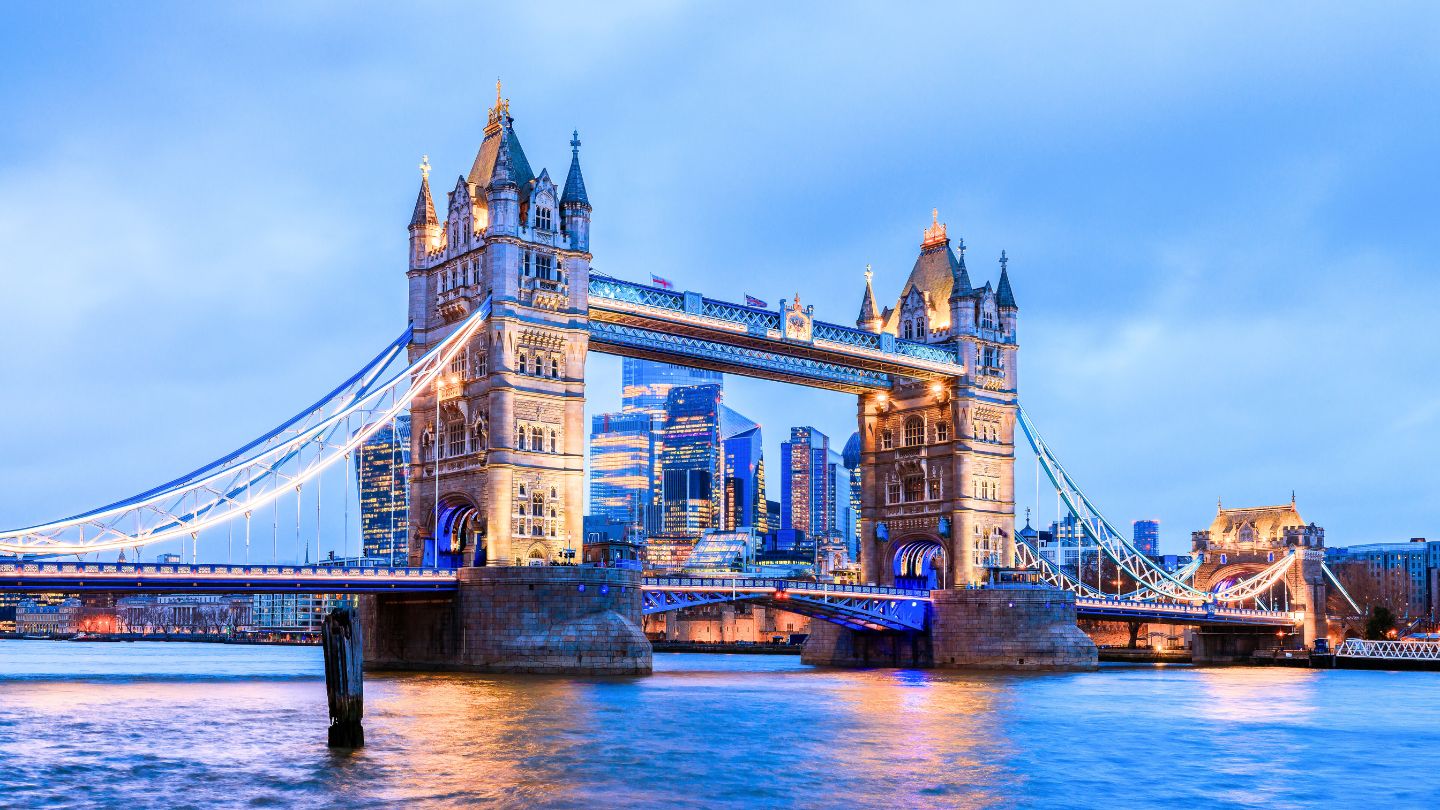
- Best Neighborhoods for Tourists:
- Covent Garden/Theatreland: Central, lively, great for shows and dining, and easy access to tube lines. It could be pricier.
- South Bank: Close to major attractions like the London Eye and Tate Modern, vibrant, good public transport links.
- Kensington/Chelsea: Upscale, beautiful, close to museums (Victoria and Albert, Natural History), quieter, but still well-connected.
- Paddington/Victoria: Excellent transport hubs for arrival and departure (Heathrow Express, Gatwick Express, Eurostar connections), often offering good value.
- Types of Accommodation:
- Hotels: A wide range of options, from boutique hotels to major chains.
- Apartment Rentals (e.g., Airbnb): Ideal for more extended stays or when you need a kitchen, especially when traveling with family.
- Hostels: Many high-quality hostels with private rooms are available, perfect for budget travelers.
Paris, France:
- Best Neighborhoods for Tourists:
- Le Marais (3rd/4th Arrondissements): Historic, charming, full of boutiques, art galleries, and restaurants. Great for walking, very central.
- Saint-Germain-des-Prés (6th Arrondissement): Classic Parisian feel, intellectual history, beautiful cafés, close to the Louvre and Notre Dame.
- Latin Quarter (5th Arrondissement): Lively, student-friendly, good for nightlife and food, near the Sorbonne and Pantheon.
- Opéra/Grands Boulevards (9th Arrondissement): Convenient for shopping, department stores, and easy access to metro lines.
- Montmartre (18th Arrondissement): Bohemian, artistic, stunning views, but remember it’s hilly and a bit further out.
- Types of Accommodation:
- Hotels: From charming small hotels to grand establishments. Rooms can be smaller than in other cities.
- Boutique Hotels: Paris excels at these, offering unique character.
- Apartment Rentals: Popular for experiencing local life.
Rome, Italy:
- Best Neighborhoods for Tourists:
- Near Termini Station: Super convenient for arrival/departure by train, and good metro access to all major sights. It can be hectic.
- Monti: Trendy, bohemian, close to the Colosseum and Roman Forum, good restaurants and nightlife, but still has an authentic feel.
- Trastevere: Charming, medieval streets, lively at night with excellent restaurants and bars. It is further from major sights but well-connected by tram.
- Centro Storico (Historic Center): Right in the heart of everything (Pantheon, Piazza Navona, Trevi Fountain). It can be expensive and busy, but you’re steps away from history.
- Near Vatican City: Convenient if your primary focus is the Vatican, but it can be a bit more touristy and less authentic.
- Types of Accommodation:
- Hotels: Wide range, from luxurious to budget-friendly.
- B&Bs (Bed & Breakfasts): Very popular in Rome, often offering a more personal touch.
- Guesthouses: Similar to bed and breakfasts (B&Bs), often run by families.
Florence, Italy:

- Best Neighborhoods for Tourists:
- Centro Storico (Historic Center): Right in the heart of all the main attractions (Duomo, Uffizi, Ponte Vecchio). It is very walkable but can be crowded and pricier.
- Oltrarno: Across the Arno River, artistic, artisan workshops, less crowded, great food, and a more local vibe. Still very walkable to the center.
- Near Santa Maria Novella Station: Convenient for arriving by train and accessing public transport. It’s a good mix of hotels.
- Types of Accommodation:
- Boutique Hotels: Many charming, smaller hotels with unique character.
- B&Bs: Very common and offer a lovely local experience.
- Apartment Rentals: Especially good if you plan to stay for a few days and want to cook.
General Tips for Booking Accommodation
- Book in Advance: Especially during peak season (summer, holidays), popular places fill up quickly.
- Read Reviews: Use sites like Booking.com, TripAdvisor, or Google Reviews. Pay attention to comments about cleanliness, location, noise levels, and staff helpfulness.
- Location, Location, Location: Prioritize being within walking distance of public transport (metro, tram, bus) or major attractions. This saves time and money.
- Check for Amenities: Does it have Wi-Fi? Air conditioning (crucial in summer)? A lift (elevator) if you have heavy luggage?
- Consider Cancellation Policies: Life happens! Look for flexible cancellation options if your plans are subject to change.
- Don’t Be Afraid of Hostels (Even if You’re Not a “Hosteler”): Many modern hostels offer private rooms with en-suite bathrooms that are clean, comfortable, and often much more affordable than hotels, with a great social atmosphere.
By keeping these packing and accommodation tips in mind, your “Europe Trip Itinerary 2 Weeks” will be far smoother and more enjoyable, allowing you to focus on the incredible experiences waiting for you!
More Read in UK
Royal Cornwall Museum || National Trust Lanhydrock || Polhawn Fort || Polzeath Village || Things to Do in Launceston Cornwall || Things to Do in Cornwall in the Rain || Explore St Breward Cornwall || Brown Willy Cornwall || Discovering Pendeen || Top 15 Things to Do in North Berwick || Things to Do in Kirkby Lonsdale || Tater Du Lighthouse Cornwall || 17 Things to Do in St Austell || Gravity MAX Wandsworth || National Botanic Garden of Wales
Conclusion: Wrapping Up Your 2-Week Europe Trip Itinerary
Your two-week Europe trip itinerary will have given you a taste of both Western and Eastern Europe and a glimpse of Italy’s rich culture. From the romantic streets of Paris to the canals of Venice, every city on this itinerary offers something unique. Whether you’re a history buff, an art lover, or someone who enjoys good food and beautiful scenery, Europe has it all.
So, pack your bags, get ready to explore, and start planning your dream Europe Trip Itinerary 2 Weeks today!
FAQs
Q: What cities should I visit on a Europe Trip Itinerary 2 Weeks?
A: A great Europe trip itinerary for 2 weeks includes Paris, Brussels, Amsterdam, Berlin, Prague, Rome, and Venice.
Q: How much time should I allocate to each city on a 2-week European trip?
A: Spend around 2-3 days in each city to get a feel for the culture, landmarks, and local attractions.
Q: What’s the best way to travel between cities for a Europe Trip Itinerary 2 Weeks?
A: Trains and flights are the most convenient ways to travel between cities. Consider a Eurail pass for train journeys.
Q: How should I pack for a 2-week trip to Europe?
A: Pack light layers, comfortable shoes, and essential items like adapters, a rain jacket, and a small backpack for daily explorations.
Q: Can I customize the Europe Trip Itinerary 2 Weeks for my interests?
A: Yes, tailor the itinerary to focus on art, history, nature, or food, depending on your preferences.

